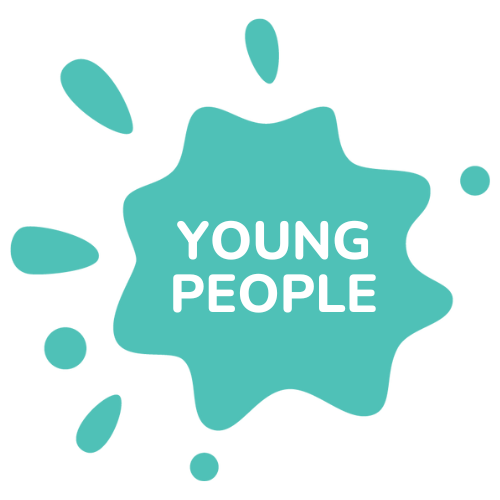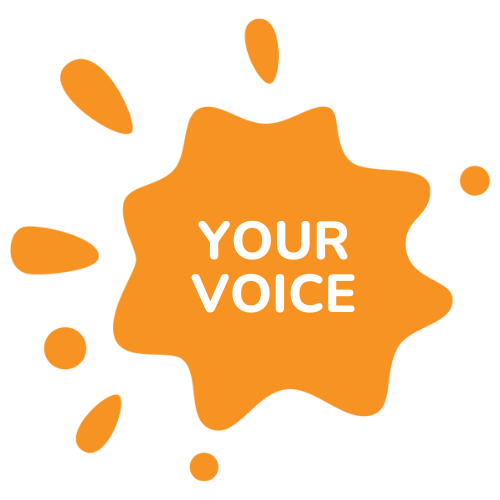In 2024, Australia will implement new legislation banning under 16s from using social media platforms. While this legislation aims to protect teens from the risks associated with social media, such as cyberbullying, exploitation, and mental health challenges, it also raises concerns about the unintended consequences for vulnerable teens, including those from marginalized or minority communities.
Social media has become an essential tool for many teens—especially those who may feel isolated or disconnected. For LGBTQIA+ youth, teens with disabilities, and others in vulnerable situations, social media provides a platform to express themselves, find community, and access support. However, this new law may restrict these opportunities, potentially exacerbating feelings of isolation and disconnection.
In this blog, we’ll explore the potential impact of this social media ban on vulnerable teens and provide actionable strategies to help them navigate these challenges while ensuring they continue to thrive in a digital age.
The Importance of Social Media for Vulnerable Teens
Social media is often dismissed as a harmful, distracting platform, especially when discussing the youth demographic. However, for many teens, social media is not only a form of entertainment—it’s a lifeline.
1. A Safe Space for Self-Expression
For LGBTQIA+ teens, social media can be a critical outlet for self-expression, particularly for those living in communities or families that may not understand or support their identity. It allows them to explore their feelings, connect with others who share similar experiences, and find affirmation in spaces where they can safely explore their true selves.
A 2020 study published by Pew Research Centre found that LGBTQIA+ youth often use social media to seek out validation and support, especially when they feel marginalized or isolated in their offline environments
Social media communities offer LGBTQIA+ teens a space where they can share their struggles, find advice, and support one another in ways that may be difficult in person.
2. Community and Connection
Teens who feel disconnected or “different” from their peers in any way, can benefit significantly from the sense of belonging and connection that social media provides. For example, teens with disabilities, platforms like YouTube, Instagram, and TikTok can expose them to a diverse range of experiences and offer supportive communities that encourage empowerment, education, and inclusion.
For teens facing social isolation, these platforms can also act as a bridge to the outside world. Social isolation, especially for teens with disabilities or chronic illnesses, can lead to negative mental health outcomes, and social media helps to combat that isolation by offering connections to others facing similar challenges.
3. Access to Critical Resources and Support Networks
For many marginalised teens, social media serves as a primary source of information about mental health, advocacy, and crisis support. LGBTQIA+ youth often turn to social media to access mental health resources, support groups, and educational content that empowers them to understand and embrace their identity. This can be especially important in regions where access to in-person support or LGBTQIA+ friendly resources are limited.
Potential Impact of the Social Media Ban on Vulnerable Teens
While the new Australian law seeks to protect teens from the dangers of social media, it may inadvertently harm those who rely on it for connection, education, and self-expression. Here are some potential consequences of restricting social media access for teens:
1. Increased Isolation
For vulnerable teens—whether those who identify as LGBTQIA+, live with a disability, or face social isolation—the ban could make them feel even more disconnected. Without the ability to access online communities where they find affirmation and support, they may face increased loneliness, stress, and anxiety.
For example, teens with disabilities who connect with online communities for shared experiences or advice may struggle to find these support networks in person, especially in more remote or underserved areas. This can exacerbate feelings of being “othered” and disconnected from peers.

2. Limited Access to Mental Health Resources
Many teens today turn to social media for access to mental health resources, including self-help tips, crisis management, and peer support groups. The loss of access to these resources could leave vulnerable teens without the guidance they need to navigate difficult situations or emotions.
3. Stunted Self-Expression and Identity Exploration
As social media platforms provide a place for teens to explore their identities—whether that’s through creative outlets, sharing experiences, or joining affinity groups—a social media ban may limit their ability to engage in meaningful self-expression. This could be particularly harmful for LGBTQIA+ teens, who often rely on these platforms to find role models and build their identities within the broader LGBTQIA+ community.
Strategies for Supporting Vulnerable Teens Without Social Media
While the legislation is set to restrict access, there are ways parents, educators, and mentors can help teens navigate these changes and still support their emotional well-being and sense of community.
1. Provide Alternative Digital Spaces for Connection
While teens may lose access to mainstream social media platforms, there are other ways to foster connection. Consider encouraging teens to explore online support groups, forums, or interest-based communities that are private or moderated for safety where vulnerable teens can find like-minded individuals and support networks.
2. Facilitate Open Communication and Emotional Support
Building open lines of communication is crucial. Encourage your teen to talk about their feelings, experiences, and challenges, and actively listen without judgment. By being a reliable source of support, you’ll help your teen feel seen and heard—especially if they lose access to the connections they’ve previously found online.
3. Promote Offline Engagement and Activities
While digital communities are important, offline activities are equally vital. Encourage your teen to participate in extracurricular activities, support groups, or local events that align with their interests or identity. This can help them build face-to-face connections and build their sense of community.
4. Educate About Safe and Responsible Online Behaviour
Even in the face of these restrictions, it’s important to educate teens about the benefits and risks of online spaces for when they are able to access social media. Teach them how to engage with social media in a healthy, intentional way. This includes setting boundaries, questioning the legitimacy of content, and unfollowing accounts that may be harmful to their mental well-being.
5. Empower Teens to Explore Their Identity and Creativity
Whether through art, writing, or sports, help your teen discover new ways to express themselves offline. This will allow them to continue building confidence in their identity, even without digital validation.
Conclusion: Supporting Vulnerable Teens Through Change
The new Australian legislation limiting social media access for teens under 16 has the potential to impact many vulnerable teens—especially those who rely on these platforms to find community, support, and self-expression. However, with the right strategies in place, we can help teens continue to thrive, both online and offline.
By fostering open communication, encouraging alternative spaces for connection, and promoting healthy online habits, we can ensure that even amid restrictions, vulnerable teens have the resources and support they need to succeed.









0 Comments